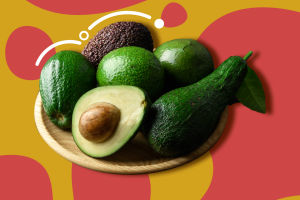Pot carving is a traditional art form that has a long and storied history in China. It involves the carving of intricate designs onto ceramics, jade, and other materials, with a focus on teapots. In this article, we will explore the history, materials, production process, appreciation value, and modern development of pot carving.
The History of Pot Carving
Pot carving has been practiced in China for thousands of years. The earliest known examples date back to the Han Dynasty (206 BCE-220 CE). Initially, pot carving was a way to decorate practical objects like teapots, bowls, and vases, but over time it became an art form in its own right.
By the Song Dynasty (960-1279 CE), pot carving had evolved into a sophisticated craft with a wide range of designs and styles.
During the Ming (1368-1644 CE) and Qing (1644-1911 CE) dynasties, pot carving reached its peak. At this time, teapots were not just functional objects but also status symbols, and wealthy people would often commission pot carvers to create exquisite pieces for them.
Materials for Pot Carving
The main materials used in pot carving are ceramics, jade, and purple sand. Zisha teapots are a type of pottery that is unique to China, with the most famous being Yixing in Jiangsu province.
Zisha clay is highly prized for its unique properties, such as its ability to absorb the flavor and aroma of tea. Jade is another popular material for pot carving, prized for its beauty and durability.
The Production Process of Pot Carving
The process of making pot carving is very intricate and requires several steps. First, the master craftsman designs the shape of the pot and paints it with a special clay solution.
The pot is then carved using specialized carving tools to make the pattern more three-dimensional and detailed. Finally, it is fired at high temperatures to create a hard, finished product.
Appreciation Value of Pot Carvings
Pot carvings have a high collection and appreciation value. They are both practical and artistic, showcasing the exquisite skills of their master craftsmen and the rich heritage of Chinese traditional culture.
They are not only beautiful objects but also functional teapots that can enhance the flavor and aroma of tea.
In addition, pot carvings often have symbolic meanings and cultural significance. For example, some designs feature auspicious symbols like dragons or phoenixes, while others depict scenes from famous poems. Pot carvings are not just worked of art, but also windows into Chinese history and culture.
Modern Pot Carving
As technology has advanced, pot carving has continued to innovate and develop. Some pot carving works now incorporate modern elements, such as LED lights or heat preservation devices.
These innovations not only enhance the form and function of pot carving works but also make this traditional craft more adaptable to modern life.
However, there is also a concern that modernization could lead to a loss of traditional techniques and values. Some pot carvers are striving to preserve the traditional methods and skills of pot carving, while also exploring new ways to express their creativity.
Pot carving is a treasured art form that showcases the skill and artistry of Chinese craftsmen. With a rich history and profound cultural heritage, pot carvings are not only practical but also contain immense artistic and collection value. As pot carving continues to evolve and adapt to modern times, it remains an important part of Chinese traditional culture.


